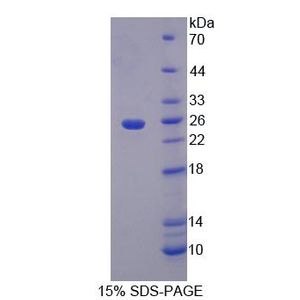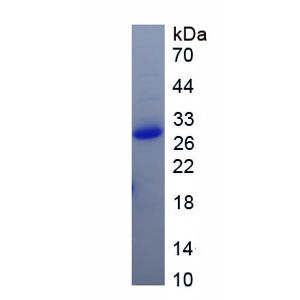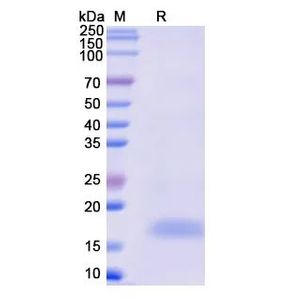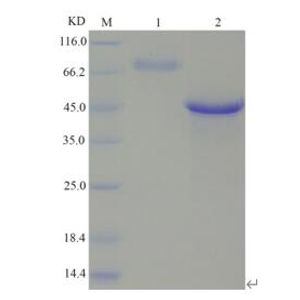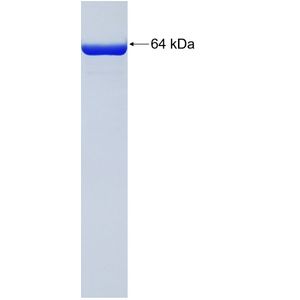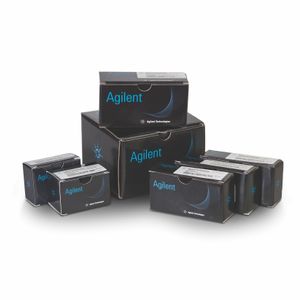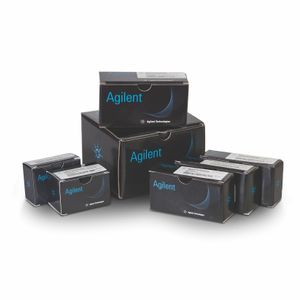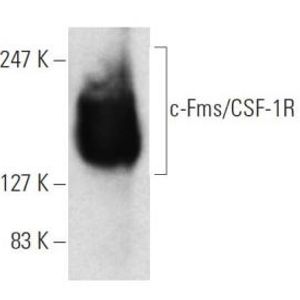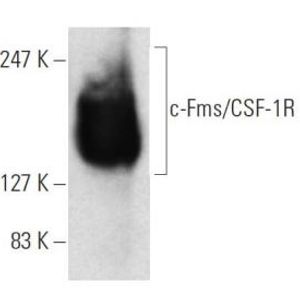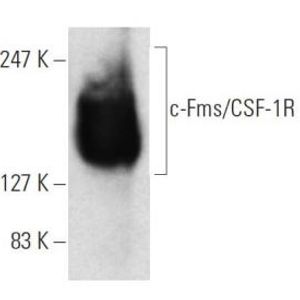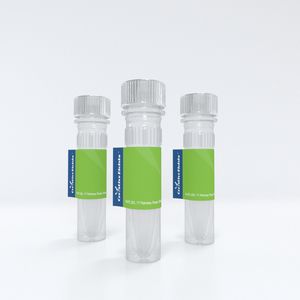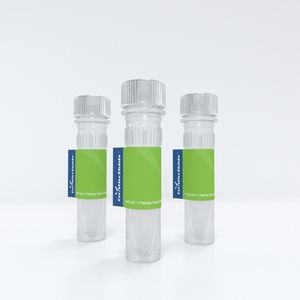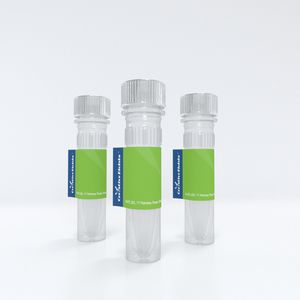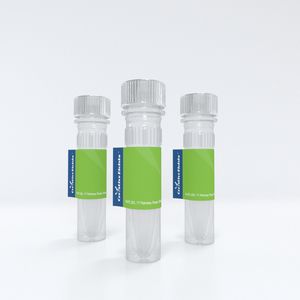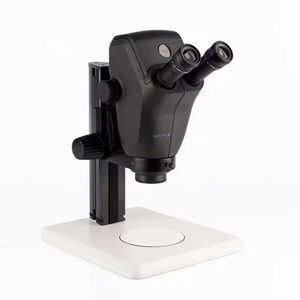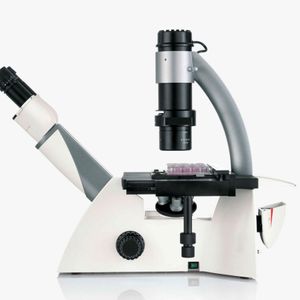
ATP Bioluminescence Assay Kit CLS II | Creative BioMart
Living things require a continual input of free energy for three major purposes: the performance of mechanical work in muscle contraction and other cellular movements, the active transport of molecules and ions, and the synthesis of macromolecules and other biomolecules from simple precursors.The free energy used in these processes, which maintains an organism in a state that is far from equilibrium, is derived from the environment. In most processes, this special carrier of free energy is adenosine triphosphate (ATP). ATP is an energy-rich molecule because its triphosphate unit contains two phosphoanhydride bonds. The turnover of ATP is very high. Motion, active transport, signal amplification, and biosynthesis (as is needed for cell proliferation) can occur only if ATP is continuously regenerated from ADP. Therefore, measurement of ATP can serve as a marker for cell proliferation.The determination of ATP using bioluminescence is a well-established technique. It uses the ATP dependency of the light-emitting, luciferase-catalyzed oxidation of luciferin for the measurement of extremely low concentrations of ATP.



